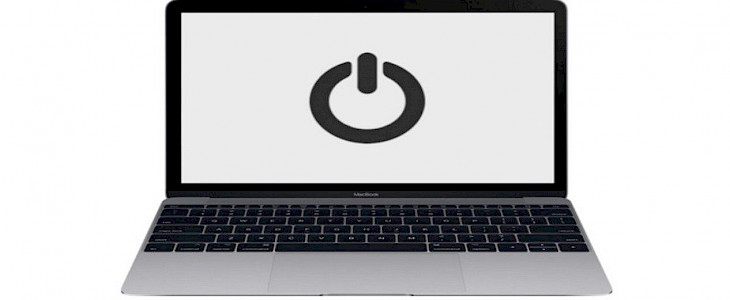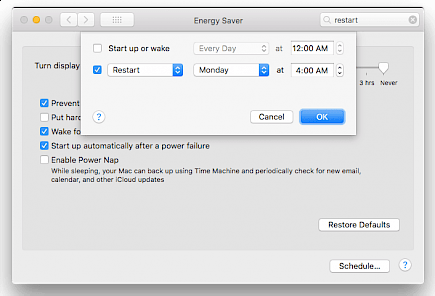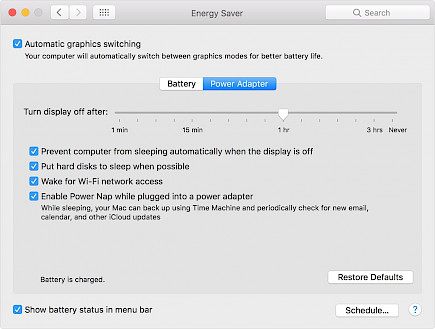
If you are a MacBook user then count yourself to be among those lucky ones who can use their laptops for hours without having to bother about its power status. On paper, even an entry-level Macbook can boast up to 20 hours of battery life(provided you run it in moderation). Which is 6 hours more than even the most battery-efficient Windows laptops out there like LG Gram, etc.
Best known as the “laptops for professional usage”, a Macbook has boundless functionalities and can be the best laptop for anyone out there(except the ones who want to play heavy Triple-A Games on their device). But despite every praise, we throw at it, like any other laptop out there a Macbook needs to be rebooted from time to time. Rebooting of laptops helps in the following ways.
- It helps the Macbook to run efficiently.
- It helps to keep heating and other issues at check
- It prevents core files from crashing
- It prevents any internal electronic components from getting damaged due to unexpected heat build-up.
- It promotes a better battery life for your Macbook.
Thus, it is very important to reboot your Macbook from time to time. Although there are no fixed numbers about how many times you should reboot your device in a day. But, for a device like Macbook, we insist on rebooting it every 24-36 hours to get the best results.
How to schedule your Macbook for timely rebooting
The best way to reboot your Macbook is by scheduling it to reboot via the following steps:
Step 1:- open your Macbook and locate the “Apple Menu” symbol, click it.
Step 2:- Go to “System Preferences” and click on “Battery”.
Step 3:- A new window will appear where you can see various options and battery status, locate the “Schedule” option and click on it.
Step 4:- Select the “Start-up or Wake” tickbox and choose a day and time for your MacBook to automatically reboot.

Step 5:- Click “Apply”.
Step 6:- Now select the “Sleep, restart or shut-down” tickbox and specify a date and time for your Macbook to automatically turn off.
Step 7:- Click “Apply”
If you face any problems due to these settings you can always restore to previous modes by following these steps:

Step 1:- Open your Macbook and locate the Apple Settings icon, click it
Step 2:- Go o “ System Preferences” and open “Battery”
Step 3:- Look for the “Restore” option and then click it.
And just like that, you have restored your previously set - manual mode of rebooting.
A few things need to be kept in mind if you want to set “Scheduled Rebooting”
1. You must always be logged in for the Scheduled Rebooting to start. If you aren't logged in then the Scheduling feature won’t work.
2. If you have any opened documents and unsaved files running in the background then the Scheduled Rebooting won’t work.
3. If MacOS is downloading any updates during the Scheduled turn-of time then, updating will be canceled.
A periodic Reboot in Macbook can take up a maximum time of 10 minutes, If it takes more than 10 minutes it means your Macbook last switched off while an update was being downloaded. You can continue to download the update once the laptop is on and you are logged in.
To get the best battery life in your Macbook

- Go to “Apple Settings”
- Open the tab of “System Preferences”
- Locate the “Energy Saver” section and toggle it.
This mode will provide the best battery life for Macbook and you can also Schedule periodic Reboots using this option.





